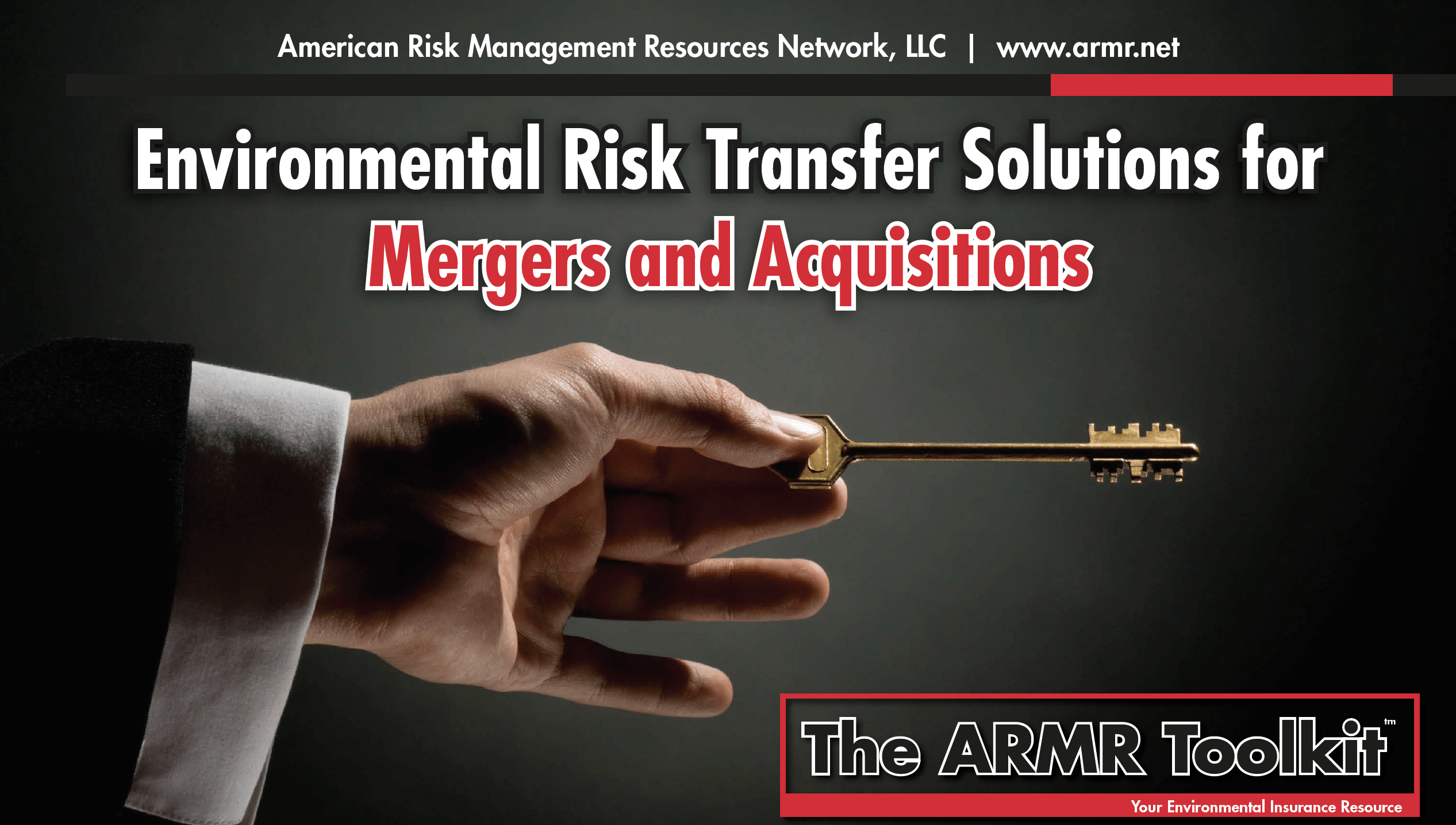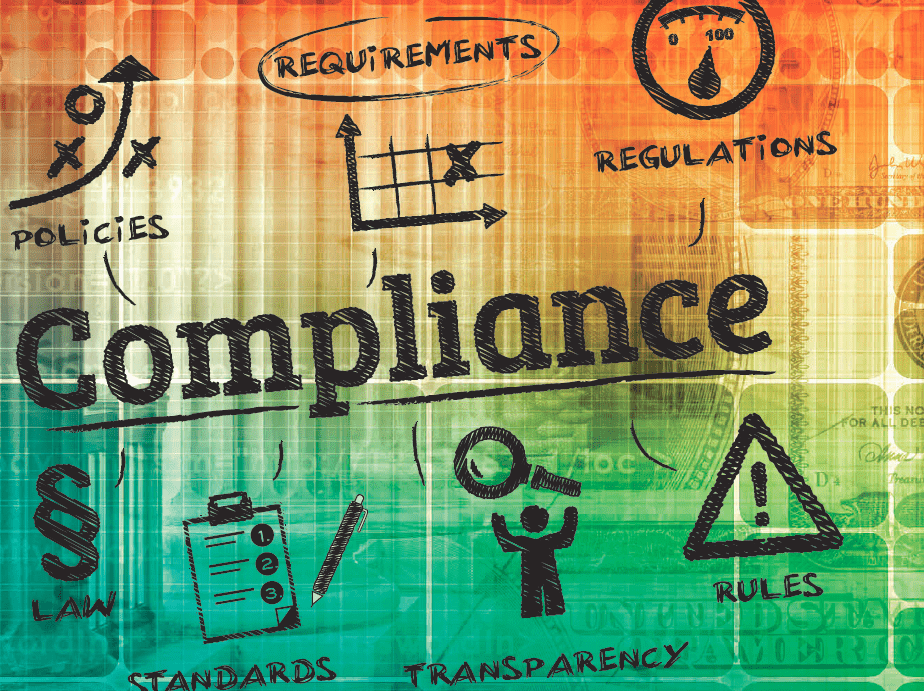Private Risk Financing for Environmental Remediation
Private Risk Financing for Environmental Remediation Expert Insight Panel: April[…]

Why do Businesses Self-Insure Their Pollution Liability? It’s Irresponsible.
Why do Businesses Self-Insure Their Pollution Liability? It’s Irresponsible. By: Brad[…]

Environmental Risk Transfer Solutions for Mergers and Acquisitions
Environmental Risk Transfer Solutions for Mergers and Acquisitions By: Brad Maurer[…]

Lenders Guide to Environmental Insurance to Pollution Exclusions
Lenders Guide to Environmental Insurance to Pollution Exclusions By: David Dybdahl[…]

Expanding Environmental Risks in Credit Positions
Expanding Environmental Risks in Credit Positions By: David Dybdahl Decemeber1st, 2015[…]

A WAKE UP CALL TO LENDERS INSURANCE REQUIREMENTS – DO IT RIGHT, OR NOT AT ALL
A WAKE UP CALL TO LENDERS INSURANCE REQUIREMENTS DO IT RIGHT,[…]

On the Lookout for Insurance Exclusions
On the Lookout for Mold Insurance Exclusions By: David Dybdahl in[…]
How Lenders Were Left Unsecured For Mold-Relater Losses On Commercial Loans And to Fix the Problem
How Lenders Were Left Unsecured For Mold-Relater Losses On Commercial Loans[…]

The Superfund reform sweepstakes
The Superfund Reform Sweepstakes By: David J. Dybdahl & Rodney J.[…]
